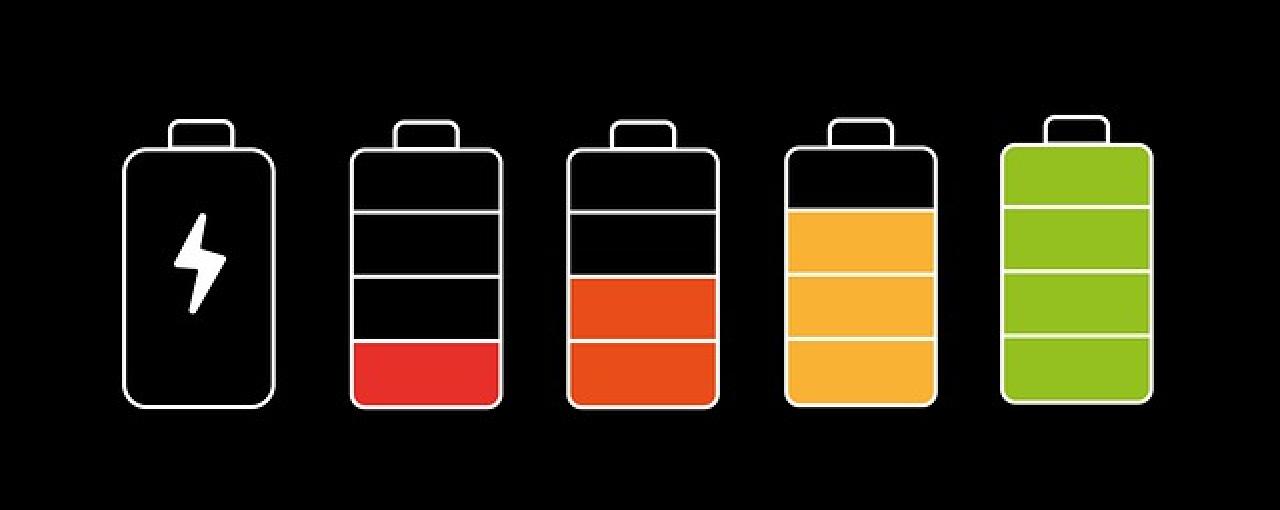Today, 18th February, marks National Battery Day and here at Research Complex, investigators are endeavouring to improve the efficiency, capability and cycle life of electrochemical devices such as Li ion batteries (LIBs) and solid-state batteries (SSBs).
The drive for reducing greenhouse gas emissions to net zero has created huge demands for electrical transportation and electricity storage from intermittent renewable sources. LIBs currently play a dominant role in such applications, although a new generation of batteries are now emerging, for instance, SSBs that use a solid-state electrolyte (SSE) to replace the conventional flammable liquid electrolyte.
SSBs have the potential for improving safety and enabling the use of Li metal anode which doubles theoretical specific energy compared with LIBs. However, current electrodes generally contain a random microstructure containing tortuous Li ion diffusion pathways. This leads to the underutilization of active materials and reduces battery capacity by up to 60%. This problem exacerbates in SSBs where ion diffusivity in the SSE materials is significantly lower than that in liquid electrolytes, and the ion diffusivity in the composite electrodes – a combination of electrode active material and SSE phases – is further reduced by an order of magnitude. Moreover, current SSBs have poor cycling stability (<100 cycles) compared with LIBs (~5000 cycles), and the degradation mechanism of SSBs is still poorly understood.
Principle Investigator Dr Ann Huang, Lecturer in Engineering at Kings College London is leading her group on developing composite cathodes containing a novel vertically oriented microstructure with interleaving columns of the electrode active and the polymer-based SSE materials to increase effective Li ion diffusivity in the cathodes.
They will use X-ray-based spectroscopy to ex-situ study the interfacial chemical phenomena between SSE and electrode, in order to investigate the degradation mechanisms and design mitigating strategies of degradation in SSBs.
Dr Huang explains:
This work will shed critical light on advancing new energy storage materials to enabling the use of new generation of SSB batteries.
Funded by the STFC-Diamond Light Source Doctoral Programme and the Faraday Institution, the research being conducted at Research Complex includes using our electron microscopy facilities to investigate the morphology of the materials that Dr Huang’s group synthesises. Her group are also carrying out experiments in collaboration with the EPSRC National Facility for XPS based at Research Complex, to carry out ex-situ studies of the changing chemical phenomena after battery (dis)charge cycles to investigate battery degradation mechanism.
Image by Alexandra_Koch from Pixabay


